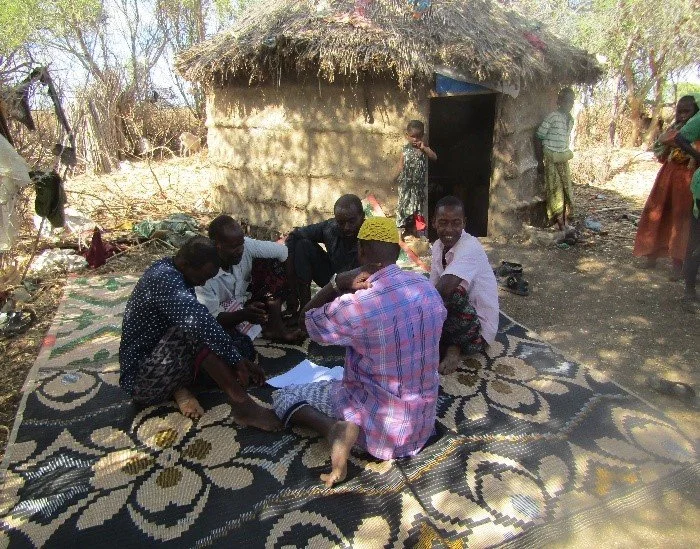Effective Natural Resource Management in Rural Baidoa
Bay region, also known as the food basket of Somalia, is endowed with a wealth of natural and human resources, and yet exhibits some of the highest poverty rates in the country. Being a predominantly agro-pastoral livelihood zone, the region relies heavily on natural resources to support people’s livelihoods and generation of income.
Baidoa, located in the southwestern part of Somalia, is an area that has struggled with severe environmental degradation due to deforestation, climate change, and overgrazing. These issues have led to soil erosion, loss of biodiversity, and decreased agricultural productivity. In response, local communities, with the support of various NGOs and government agencies, have embarked on a journey to restore and protect their environment.
Awdinly, Bulla Kerrow, Bulla Malan, Busley, Gooyale, Masubiye, Miidow, Mooshe villages, situated in Baidoa District, are the villages that, with COOPI and SOMREP support, have made positive progress in managing their communities’ natural resources, incorporating the multiple aspects of natural resource use into a system of sustainable management able to meet the community’s goals of food security, poverty alleviation, welfare and protection of the most vulnerable people, as well as environmental conservation.
Although the villages are on the right path to achieving these goals, this was not always the case. Population pressure, poor agricultural practice, waste management, deforestation and degradation of eco-systems as well as unsustainable use and poor governance of these resources continue to threaten vulnerable habitats and biodiversity and, for a large proportion of the residents, livelihoods, health and food security.
As 71-year-old Qadi Hassan Mohamed, who is a member of the village Miidow NRM committee and VNRUA (Village Natural Resource Users Association) states,
“For many years, our community bore the brunt of environmental degradation as a result of misuse of natural resources. We have lost valuable farmland to soil erosion, we have had disease outbreaks due to poor waste disposal, poor water sources conservation and at times, especially during dry seasons, we have witnessed inter and intra-village conflict over limited resources in the area. The multitude of problems we faced as a result of poor management of our resources left us destitute and desperate”
In 2016, between 5 to 6 community members were selected in each of the villages and trained in natural resource management with the aim of strengthening agro-pastoralist knowledge base on natural resources, enhancing their production as well as improving ecosystems services. The knowledge gained has gone a long way in strengthening the capacity of the committee in responding to issues facing the utilization and sharing of natural resources.
Qadi says, “The training enabled us to not only gain knowledge, but also to express our diverse opinions and recommendations as a means to collectively establish bylaws and guidelines for the community on sustainable use of the resources. Over the last three years we have strived to strengthen our capacity in dealing with natural resources through regular trainings and consultations with other committees in the village so as to streamline our activities. We have learnt the importance of natural resources to our livelihoods, therefore, will continue to safeguard them as best as we can.”
In 2017, with the guidance of COOPI, the communities were able to establish the Village Natural Resource Users Association (VNRUA), an association made of NRM committees, forest/rangeland users, water management committees, famer groups, early warning committees, VDCs, land owners, traditional elders or other stakeholders who have formally and voluntarily associated for the purposes of cooperatively sharing, managing and conserving natural resources. These have also been linked to district level natural resource management committees as a means to enhance their sustainability and independence.
Through the association, we have seen a social cohesion effect bringing all different groups in the community together with a common aim of conserving our communal assets. Our policies have been centered on equal access, free and fair standards, inclusion, mutual benefit and long-term sustainability. The resource management has enhanced pasture regeneration, cleaner water, safe waste disposal, increased fertile farmland, protection of the most vulnerable people, while reducing deforestation for charcoal, overgrazing, and other risks associated with conflict,” he attests.
Building on both traditional and modern practices, the SDC-funded SomReP program named “Consolidating Resilience Gains in Somalia”, implemented by COOPI, has supported the continuation and revitalization of indigenous community management systems for natural resource utilization in Miidow village.
In 2022, the committees were capacitated and empowered to support communities to develop natural resource management plans and engage in conflict resolution. Recognizing the interconnectedness of their environment and their lives, community leaders from the 8 agro-pastoral villages joined forces, leveraging on their expertise in environmental conservation and sustainable development. As a result, the collaborative efforts are paying off, and have resulted in increased tree cover which has improved air quality, reduced soil erosion, and provided shade; Enhanced water security through rainwater harvesting which has increased access to clean water, reducing reliance on dwindling groundwater reserves; and improved agricultural yields from sustainable farming practices which have led to better soil health and improved crop yields, contributing to food security and income generation for the communities.
The success of the 8 village communities is a beacon of hope. Their collaborative approach and commitment to sustainable practices serve as a model for other communities facing similar environmental challenges. The project has garnered local and national attention, inspiring others to replicate this successful approach. The story of the 8 communities exemplifies the power of collective action in protecting our planet.
Miidow NRM Committee assessing the village resources


